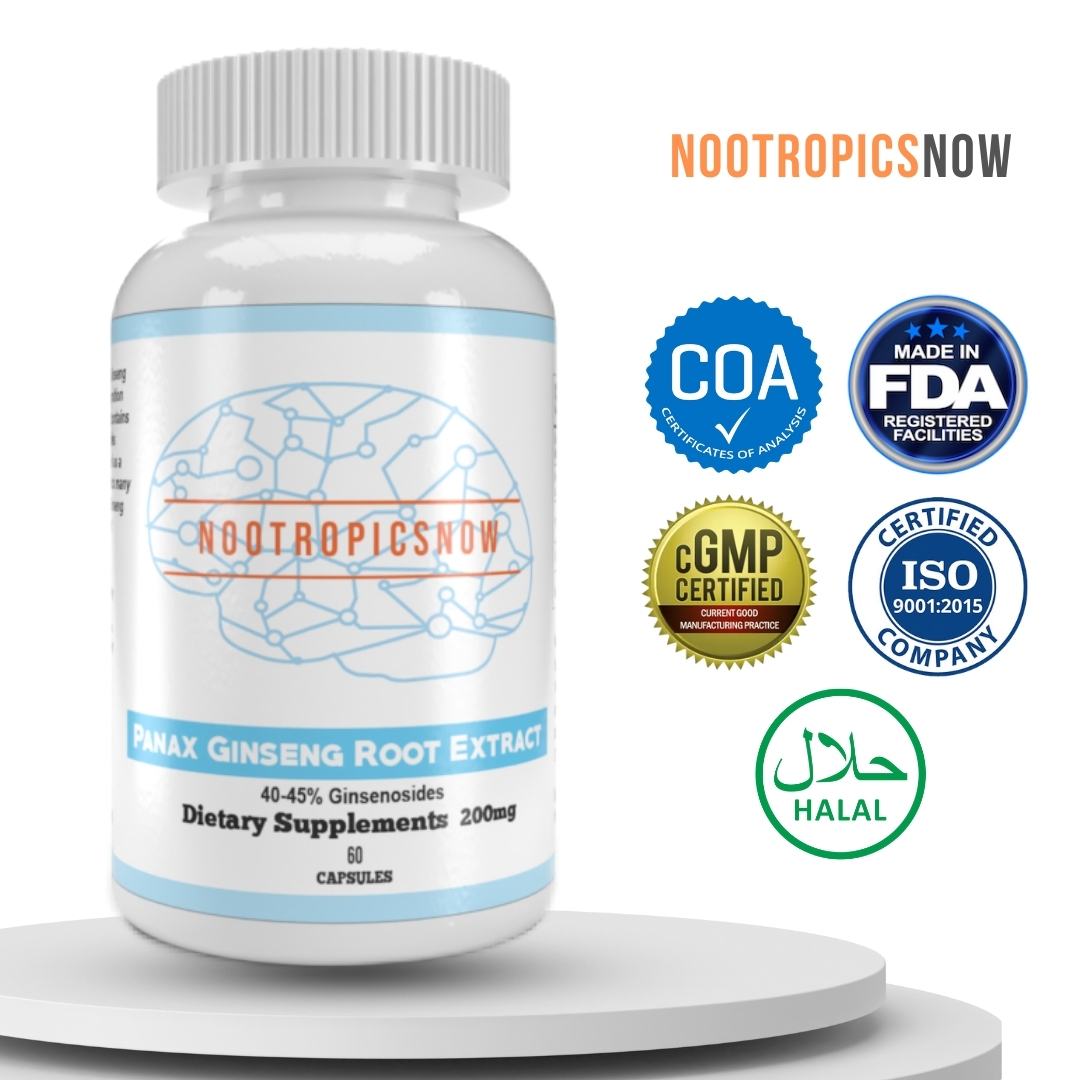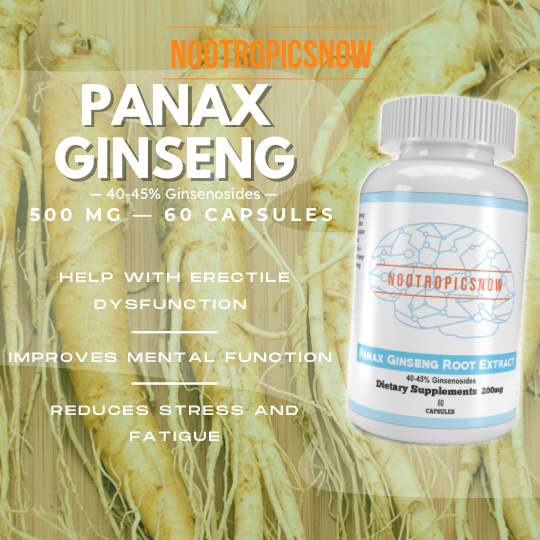Ginseng in the Philippines: Benefits & Where to Buy

Ginseng in the Philippines: Unveiling its Potential

Ginseng, particularly Panax ginseng (Korean ginseng) and Panax quinquefolius (American ginseng), is steadily carving a niche in the Philippine health and wellness landscape. Filipinos are becoming increasingly aware of its potential health benefits, leading to rising demand and interest in both consumption and cultivation. However, ginseng isn’t native to the Philippines. This section explores the sources of ginseng, forms in which it is available, potential uses, and the feasibility of cultivating it locally.
Ginseng Sources for the Philippines
Since ginseng doesn’t naturally grow in the Philippine climate, all ginseng consumed here is either imported or sourced from controlled environments. Understanding the origins of ginseng available in the Philippines is crucial for ensuring quality and authenticity.
Forms of Ginseng Available in the Philippines
Ginseng is available in a wide array of forms in the Philippines, catering to diverse consumer preferences. The forms include:
Here’s an example of a ginseng supplement that you can find online:

View Product
Reported Benefits and Uses of Ginseng
Ginseng is traditionally used to promote longevity and treat a wide range of ailments. While scientific research is ongoing, some of the reported benefits and uses include:
For those looking to enhance cognitive function, some supplements combine ginseng with other nootropics:
View Product
It’s crucial to note that while ginseng is generally considered safe, it can interact with certain medications and may cause side effects in some individuals. Consulting with a healthcare professional before using ginseng, especially if you have underlying health conditions or are taking medications, is always advisable.
Cultivating Ginseng in the Philippine Climate: Feasibility and Challenges
The Philippines’ tropical climate presents significant challenges to cultivating ginseng, as it thrives in cooler, temperate regions with distinct seasons. However, there are potential strategies and considerations for exploring local cultivation.
Potential for Ginseng Cultivation in the Philippines
Despite the challenges, there’s potential for the Philippines to develop a niche ginseng industry, particularly through:
Buying Ginseng in the Philippines: Where to Look
For consumers looking to purchase ginseng products in the Philippines, here are some common avenues:
Here’s an example of a ginseng product available on Lazada:

View Product
A Word of Caution: Quality and Authenticity
When purchasing ginseng in the Philippines, it’s important to be aware of the potential for counterfeit or low-quality products. Here are some tips for ensuring quality and authenticity:
Ginseng’s Future in the Philippines
While ginseng isn’t native to the Philippines, its rising popularity and potential health benefits are driving interest in both consumption and cultivation. As awareness grows and research continues, it’s possible that the Philippines could develop a sustainable ginseng industry, providing consumers with access to high-quality products and creating new economic opportunities for local farmers. By addressing the challenges of cultivation in a tropical climate and prioritizing quality and authenticity, ginseng could become a valuable addition to the Philippine agricultural landscape.
Ginseng in the Philippines: Cultivation, Uses, and Market Potential
Ginseng, renowned globally for its health benefits and economic significance, has found its niche in the Philippines. Exploring its presence in this Southeast Asian nation reveals an interesting blend of imported products, potential for local cultivation, and consumer awareness. This section delves into the specifics of ginseng in the Philippines, examining its types, traditional uses, cultivation possibilities, market trends, and consumer preferences. Additionally, this section addresses the challenges and opportunities associated with ginseng cultivation and trade within the Philippine context.
Types of Ginseng Available in the Philippines
While numerous ginseng varieties exist worldwide, the Panax genus dominates the Philippine market. Primarily, consumers encounter Korean ginseng (Panax ginseng), known for its potent adaptogenic properties.

View Product
Siberian ginseng (Eleutherococcus senticosus), while not a true ginseng, is often marketed alongside true ginseng due to similar purported benefits. American ginseng (Panax quinquefolius) is less common but occasionally found through specialized importers. Consumers need to differentiate between these types, considering their varying chemical compositions and traditional uses. Understanding these distinctions ensures informed purchasing decisions aligning with specific health goals. Furthermore, recognizing the source and quality is critical. This underscores the necessity for consumers to verify product authenticity, focusing on reputable brands and reliable vendors.
| Type of Ginseng | Scientific Name | Origin | Key Characteristics | Availability in the Philippines |
|---|---|---|---|---|
| —————— | ———————— | ————- | ————————————————— | ——————————— |
| Korean Ginseng | Panax ginseng | Korea, China | Potent adaptogen, enhances energy and cognitive function | Widely available |
| Siberian Ginseng | Eleutherococcus senticosus | Russia, Asia | Adaptogenic, supports immune system | Moderately available |
| American Ginseng | Panax quinquefolius | North America | Calming adaptogen, reduces stress | Less common, specialized importers |
Traditional and Modern Uses of Ginseng among Filipinos
In the Philippines, ginseng enjoys a dual role, appreciated both for its traditional roots and modern health applications. Filipino-Chinese communities often incorporate ginseng into traditional remedies. As a result, they see it as a tonic to promote longevity and overall well-being. Its purported ability to enhance vitality makes it a popular choice for those recovering from illness or experiencing fatigue. Moreover, many Filipinos consume ginseng tea or supplements for their purported cognitive benefits. This includes improved focus, memory, and mental clarity, reflecting modern lifestyles’ demands for cognitive enhancement.

View Product
Additionally, ginseng is increasingly included in various health and wellness products. For example, it’s being added to energy drinks, dietary supplements, and skincare items targeting anti-aging and skin revitalization. While traditional uses persist, modern applications emphasize ginseng’s role in supporting active lifestyles and cognitive performance. Consumers should consult healthcare professionals to determine appropriate usage, especially when considering potential interactions with existing medications.
Potential for Local Ginseng Cultivation in the Philippines
Despite ginseng’s widespread use, local cultivation remains relatively untapped in the Philippines. The country’s tropical climate presents challenges, as ginseng typically thrives in cooler, temperate regions. However, specific highland areas, such as those in Benguet and the Cordillera Administrative Region, offer microclimates potentially suitable for ginseng cultivation. These regions experience lower temperatures and higher altitudes, mimicking the conditions found in ginseng’s native habitats. Moreover, innovative agricultural techniques, such as shade cultivation and controlled environments, could mitigate climate-related obstacles. Investigating the adaptability of different ginseng varieties to Philippine conditions is critical. Korean ginseng, with its robust properties, may adapt well with proper management. Research and development efforts are necessary to identify suitable cultivars and optimize cultivation practices. Furthermore, sustainable farming methods must be prioritized to ensure long-term viability and minimize environmental impact. Local cultivation could reduce reliance on imports, create livelihood opportunities for farmers, and potentially lower consumer prices.
Market Trends and Consumer Preferences in the Philippines
The Philippine ginseng market is characterized by a blend of imports, local distributors, and consumer preferences. Korean ginseng products dominate the market, often imported as finished goods or raw materials for local processing. Demand is driven by health-conscious consumers, particularly those seeking energy-boosting and cognitive-enhancing supplements. Market trends indicate a growing preference for convenient formats such as capsules, tablets, and ready-to-drink beverages containing ginseng extracts.

View Product
Online channels and health food stores play a significant role in distribution, offering a wide variety of ginseng products to meet diverse consumer needs. Branding and product labeling are crucial factors influencing consumer choices. Consumers often seek products with clear information about ginseng content, origin, and quality certifications. The price of ginseng products varies widely, depending on the type, concentration, and brand. Lower-priced options are often available, but consumers tend to gravitate towards trusted brands and higher-quality products, even at a premium. Local entrepreneurs could leverage these trends by developing innovative ginseng-based products catering to specific Filipino preferences.
Regulations and Quality Control
Importation and sale of ginseng products in the Philippines are subject to regulatory oversight by agencies like the Food and Drug Administration (FDA). These regulations aim to ensure product safety, quality, and accurate labeling. Importers must comply with specific requirements related to product registration, import permits, and adherence to quality standards. Local manufacturers of ginseng supplements and beverages must also adhere to FDA guidelines, including Good Manufacturing Practices (GMP) and labeling requirements. Quality control measures are essential to prevent the proliferation of counterfeit or substandard ginseng products. Consumers should look for FDA-approved products and reputable brands to ensure authenticity and safety. Furthermore, independent testing and certification programs can provide additional assurance regarding product quality and ginseng content. Strengthening regulatory enforcement and promoting consumer awareness are vital to safeguard public health and maintain consumer confidence in the ginseng market.
Challenges and Opportunities for Ginseng Trade in the Philippines
Several challenges and opportunities shape the ginseng trade in the Philippines. One significant challenge is the high cost of imported ginseng products, which can limit accessibility for many consumers. Local cultivation could address this issue by providing a more affordable alternative. However, developing a sustainable local ginseng industry requires significant investment in research, infrastructure, and farmer training. Another challenge is competition from counterfeit or adulterated ginseng products, which undermine consumer trust and harm legitimate businesses. Strengthening regulatory enforcement, improving product labeling, and promoting consumer education can mitigate this risk. Opportunities exist for developing value-added ginseng products catering to specific Filipino preferences, such as traditional herbal formulations or innovative functional foods. Furthermore, exploring export opportunities to other Southeast Asian markets could expand the market for Philippine-grown ginseng. Collaboration between government agencies, research institutions, and private sector stakeholders is essential to overcome challenges and capitalize on opportunities in the ginseng trade.
Sustainability and Ethical Sourcing
Sustainable harvesting and ethical sourcing are crucial considerations for the ginseng trade. Wild ginseng populations are vulnerable to overharvesting, which can threaten their long-term survival. Promoting sustainable cultivation practices and discouraging the harvesting of wild ginseng are essential conservation measures. Ethical sourcing involves ensuring fair labor practices and supporting the livelihoods of farmers and communities involved in ginseng cultivation. Certifications such as Fair Trade and Organic can provide assurance regarding ethical sourcing and sustainable production. Consumers can support sustainable and ethical practices by choosing products from companies committed to these values. Furthermore, promoting consumer awareness about the importance of sustainability and ethical sourcing can drive demand for responsibly produced ginseng products. Collaboration between stakeholders is essential to develop and implement standards for sustainable ginseng harvesting and ethical sourcing practices.
The Future of Ginseng in the Philippines
The future of ginseng in the Philippines holds both promise and challenges. With increasing consumer awareness of its health benefits and growing demand for natural supplements, the market is poised for continued growth. Local cultivation could transform the ginseng landscape, reducing reliance on imports and creating economic opportunities for Filipino farmers. Embracing sustainable practices and strengthening regulatory oversight are essential to ensure the long-term viability of the ginseng industry. Innovation and product diversification will play a crucial role in capturing market share and meeting evolving consumer preferences. Collaboration between government, research institutions, and private sector stakeholders is key to unlocking the full potential of ginseng in the Philippines, benefiting both consumers and the economy. Through careful planning, investment, and a commitment to sustainability, the Philippines can cultivate a thriving ginseng industry that contributes to the well-being of its people and the prosperity of its nation. Promoting research and development of local ginseng varieties would be a valuable step forward.

